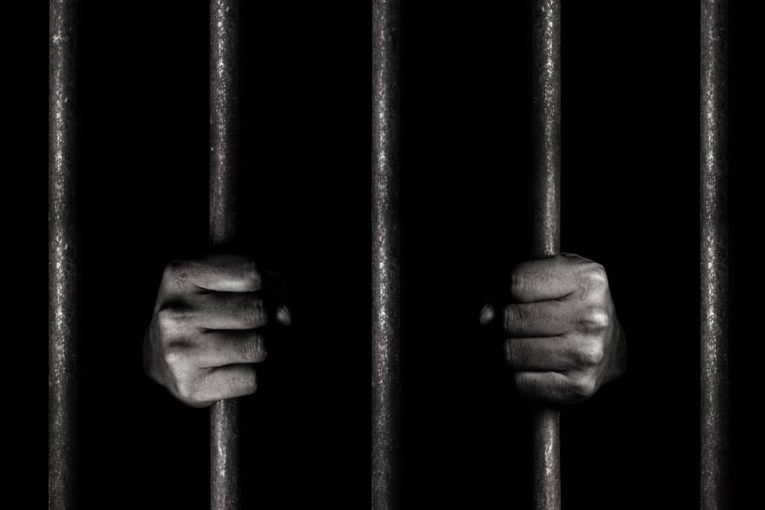

By Daniella Espinoza
SACRAMENTO, CA – In an event organized by CURB (Californians United for a Responsible Budget,) advocates from various coalitions will come together on May 11 to demand more prison closures in California by 2025.
The event is set to begin in front of the California State Capitol on the West Steps where CURB and Color of Change will deliver a petition filled with thousands of signatures in an effort to close California prisons.
Additionally, it has been confirmed that speakers from CURB, the Ella Baker Center, Success Stories, Care First Coalition, and Critical Resistance will be in attendance to share their responses to the latest revised budget.
Gov. Newsom’s latest proposal on the state budget includes over $18.6 billion dollars allocated to correctional spending.
In response, advocates from many campaigns are pushing legislators to listen to the demands of the people and reduce spending on the carceral state while increasing investments in greener jobs and community-based aid.
To strengthen their arguments, many advocates are leaning on a report from the California State Legislative Analyst’s Office from 2020, that estimated with the closure of at least five prisons by 2025, the State will save around $1.5 billion dollars annually.
On the legislative level, proposed bills for an increase of billions of dollars in spending on prison infrastructure have repeatedly come under scrutiny.
According to Assembly Sub 5 Chair Cristina Garcia (D-58th District), “We see the prison population declining, but we see funding increasing. We don’t have faith that we’re spending dollars appropriately.”
In a similar manner, the Executive Director of CURB Amber-Rose Howard argues that “It’s time for Gov. Gavin Newsom and elected officials to do what’s right and commit to a smart plan to close prisons in California.”
Howard added, “For the sake of the Californian public…a serious plan for prison closure must include deep investments in prison towns to move them toward new, healthy economies, and center investments in healthcare, education, reentry services, and housing for justice impacted families.”